Insulation Tips
The Ultimate Guide to Spray Foam Insulation
Spray foam insulation is increasingly popular due to its excellent properties and benefits. Spray foam has all the characteristics of an extremely effective insulator. It has a high R-value that offers huge advantages to structural integrity, energy efficiency, and waterproofing, pest, and soundproofing abilities.
Foam insulation is very durable and versatile. It can effectively protect and add value to your home while keeping it comfortable all year round.
Insulation installation using spray foam can be tricky compared to other materials, and need to be professionally installed, but it’s convenient to use as it can be applied seamlessly. It expands snugly in place and dries to create an excellent barrier. The foam is great for filling gaps and cracks in walls, nooks and crannies while also being highly effective roof and underfloor insulation.
Read our spray foam insulation guide to learn all about the specific insulation types and decide if it’s the right fit for your home.
What is Spray Foam Insulation?
So, what is spray foam insulation? Spray foam, also known as spray polyurethane foam (SPF), is made by mixing two liquids (isocyanate and polyol resin). These chemicals quickly react when mixed in a spray gun and expand to create a foam that dries into durable and effective insulation material.
Spray foam expands significantly and fills gaps in small spaces. It offers excellent coverage, as it conforms and sticks to the area it’s applied to, giving it the ability to increase the structural integrity of a building.
It’s versatile and able to seal wall cavities and ceilings, crawlspaces, floors and tiny areas like the surrounds of electrical outlets, light fixtures and where walls meet doors and windows.
Once the foam dries, it creates an excellent air and moisture barrier.
The foam is made of little pockets or ‘cells’. These cells create air gaps that make it tricky for heat, energy and sound to pass through.
Types of Spray Foam Insulation
There are two types of spray foam insulation: open-cell and closed-cell. Both have distinct benefits and suitable applications. The best choice will depend on your project needs.
Open-cell foam expands significantly more than closed-cell foam, making it good for insulating hard-to-reach areas around windows and doors. It’s also light and sponge-like, making it a great option for ceilings or areas where air and heat tend to build up, and more ventilation is required. This form is also better for trapping sound.
Closed-cell foam is highly durable and improves the thermal performance of a building due to its high R-value. It’s also waterproof, making it an efficient sealant and moisture barrier, and a great choice for bathrooms or areas prone to leakage.
Open Cell Spray Foam Insulation
This spray foam is made of cells that aren’t fully enclosed. Open-cell spray foam is softer, lighter and more flexible than closed-cell spray foam. As open-cell is not as dense as closed-cell foam, it also has a lower R-value.
Closed Cell Spray Foam Insulation
Closed-cell spray foam is made of fully closed cells pressed tightly together. This foam is effective at preventing air and moisture leakage. It’s more stable but also less flexible than open-cell foam.
It’s great for draught-proofing and creating an airtight barrier. However, if you create an airtight barrier, it’s important to provide another form of ventilation (for air quality).
How Does Spray Foam Insulation Work
Spray foam insulation activates when two chemicals are mixed inside a spray gun and applied to a surface. These chemicals react quickly and expand and solidify into a foam-like substance that becomes an effective and continuous insulation layer.
When sprayed on a surface, it quickly adheres, expanding to several times its initial volume to fill an area tightly. How quickly the foam hardens and expands will depend on the kind of spray foam used, as well as environmental factors.
Once dry, the foam becomes a solid, durable insulation layer, preventing heat and moisture buildup and reducing noise transfer.
Benefits of Spray Foam Insulation
There are many benefits of spray foam insulation.
Energy Efficiency
With spray foam, you can achieve a high R-value with minimal thicknesses and maximise energy efficiency. With its excellent ability to expand and reach tight spaces, spray foam can provide an airtight barrier, which plays a big part in overall energy efficiency.
Moisture Barrier
Closed-cell spray foam is generally considered waterproof. It provides a highly effective moisture barrier and prevents leakages, filling holes and cracks where moisture might otherwise creep in easily. If flooding ever affects your building, this foam will also stay in place.
Noise Reduction
When applied at the correct thickness level, spray foam can reduce noise transmission. Cells formed within spray foam can help stop air and effectively dampen noise. Open-cell foam is more effective in doing this due to its structure.
Long-Lasting
Spray foam is essentially polyurethane, making it an extremely durable material that can last a lifetime. It can withstand temperature changes and prevent moisture and toxic mould from building up. Closed-cell spray tends to last longer, but generally, the foam has a secure lifespan of between 80-100 years.
Pest Deterrence
Spray foam is excellent at sealing tiny cracks and openings that allow bugs and rodents to enter your home. The material doesn’t offer an appealing food source or shelter for pests, making it an excellent deterrent. Which means you can avoid damage to your home and potential health hazards.
Enhanced Comfort
Like all quality insulation materials, spray foam increases thermal resistance by minimising extremes in temperature all year round. Meaning you will stay comfortably cool in summer and cosy in winter.
Increased Resale Value
Adding any quality insulation to your home is guaranteed to add value to your home. Well-insulated, high-performance homes are tipped to increase in value in the future. Banks already look favourably on insulated homes when allocating loans.
Installation Process
Note: Spray foam insulation in the underfloors and walls should be applied by a professional.
DIY installers can buy low-expansive foam for draught-proofing around door and window openings when building their home. This kind of spray foam can also be used to seal the junction in the wall and the ceiling when retrofitting ceiling insulation.
Step 1. Prepare your space
Remove any existing insulation and clean the space. Make sure all surfaces are dry and free of dust. Secure any power outlets with plastic wrap.
Step 2. Measure and consider the location
Measure the space to determine the correct amount of insulation needed. Consider the type of spray and whether it suits your location.
Step 3. Mixing and Safety
Incorrectly mixed spray foam has a foul odour. Try to use a spray foam insulation kit when possible and follow the guidelines. Wear a mask, safety goggles and gloves and secure foam from fire hazards.
Step 4. Apply insulation
Use your spray gun to apply. Hold the gun at a consistent distance (ideally around 20-3o cm from your surface). Create an even layer by using a back-and-forth motion.
The foam will expand significantly, so don’t overfill! (As a rule of thumb, fill the opening a bit less than halfway). If spray foam isn’t applied properly, it can lead to dangerous levels of airtightness.
Step 5. Check for Cracks and Gaps
Pay attention to areas where air leakages commonly occur (such as around windows, doors or outlets).
Step 6 Cure and trim
Depending on environmental factors and your choice of spray, the curing process of your foam will vary. Allow adequate time to set and thoroughly inspect your work. If you overfill, trim any excess foam off with a knife once it’s cured.
Understanding the Costs of Spray Foam Insulation
Like everything, there are pros and cons to spray foam insulation. Foam is still a fairly new technology in Australia and is considered a costly option when compared to other insulation materials. On average, insulation batts cost nearly a quarter of the price of spray foams – SPF (spray polyurethane foam) is around $20-30 per square metre, whilst spray foam insulation is $50 per square metre.
If you engage a professional to install spray foam insulation in your underfloors or ceiling, then you can expect to pay around $50 per square metre in Australia.
Open-cell spray is generally more affordable than closed-cell spray. That said, closed-cell insulation is considered more durable, stable and resistant to moisture.
The average spray foam insulation cost will vary depending on whether you are doing a smaller DIY job or hiring the help of a professional.
Insulation at Pricewise Insulation?
While still a costly alternative, spray foam insulation offers huge benefits around your home that can last a lifetime. It’s important to consider the differences between the two types of spray foam insulation available and decide which might work best for you.
It’s best to stick to using a spray foam insulation kit at first, especially if insulating large areas such as walls and under floors. You will need to engage a professional install company for larger projects such as walls and underfloors.
Pricewise Insulation offers a whole range of efficient and cost-effective insulation materials. We have a great range of insulation batts that are an effective alternative to spray foam while having the added benefit of being super easy to install!
At Pricewise Insulation, we offer a great range of insulation brands to you at discounted prices. Get in touch with our expert team today!



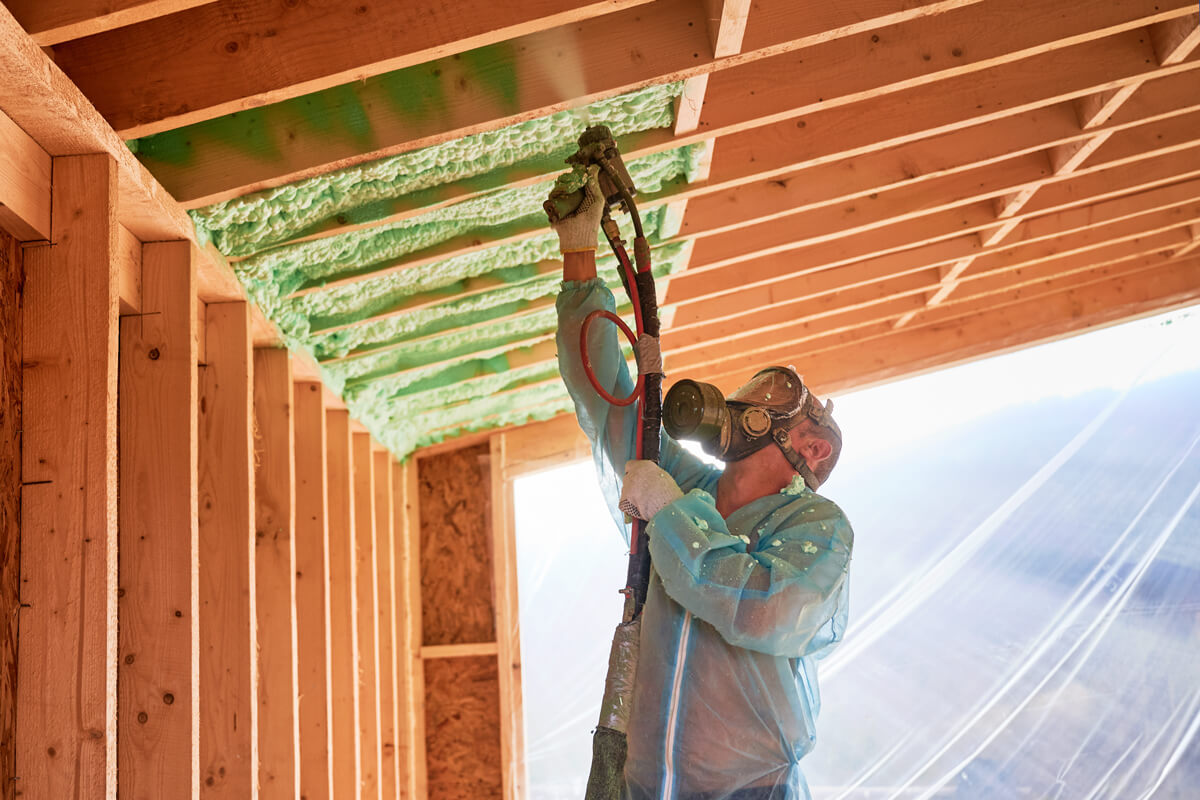
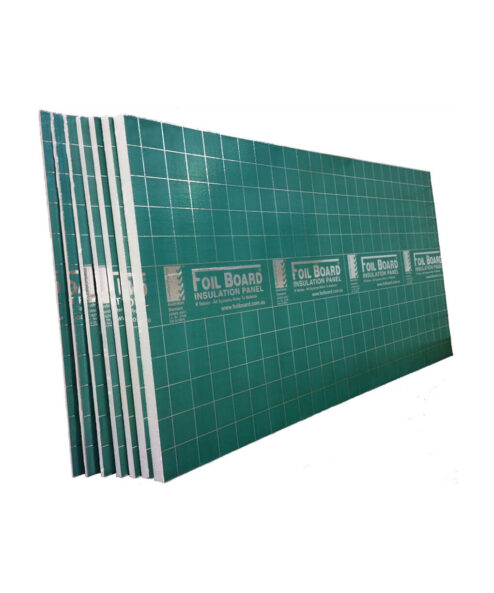
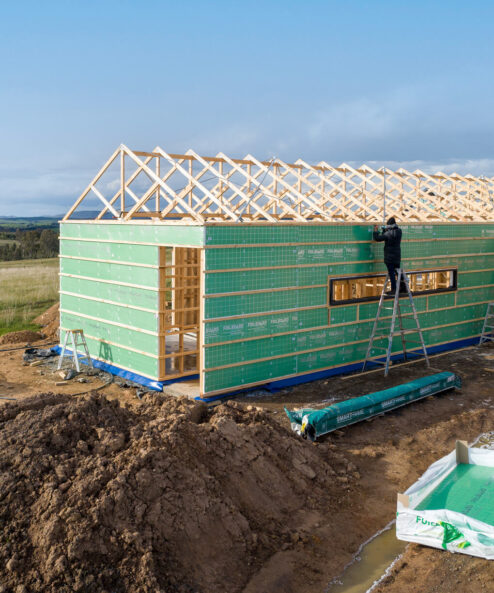
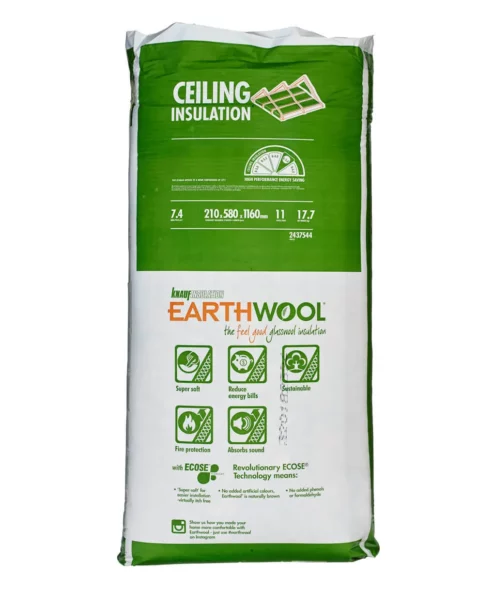
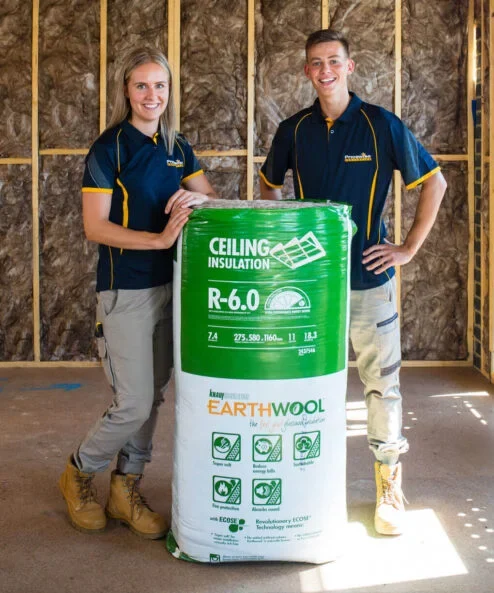
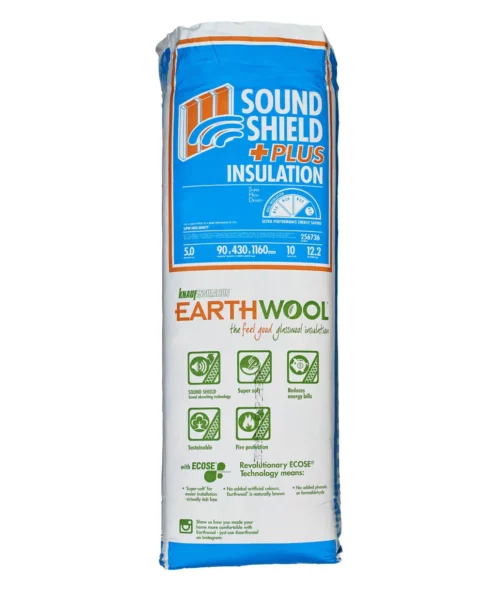
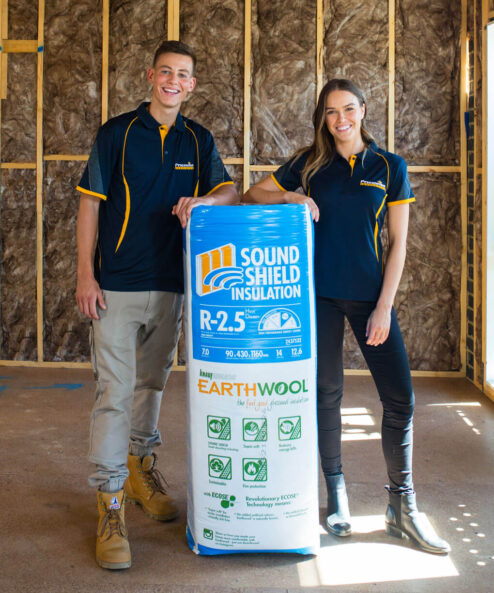
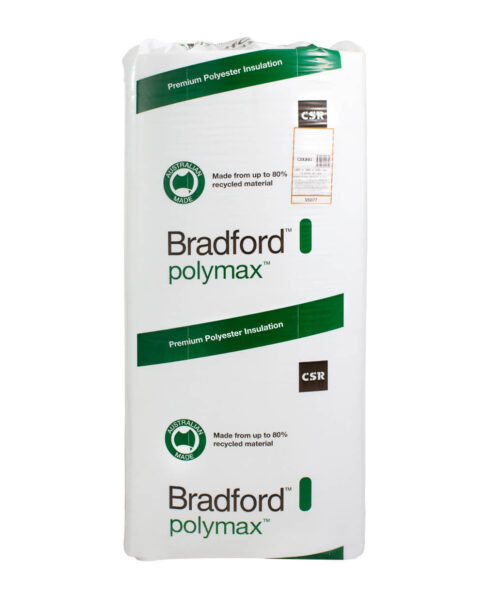
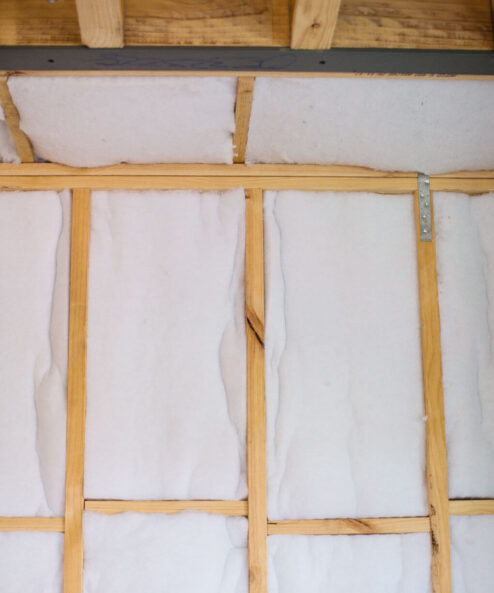
Do you guys sell Single Component Closed Cell Spray Foam Insulation?
Hi Thomas,
No, we don’t sell any closed cell foam products. However, Australian Urethane and Styrene might be able to connect you with a supplier.
Hope that helps!
Whats the regulations regarding a brick cavity. Can you spray in a double skin brick cavity?
Hi Jack,
Thanks for your comment! Are you insulating a new building or an existing one? For new homes, you can use products like Kingspan Kooltherm K8 or Kingspan Aircell Permicav, which are both designed for installation in the cavity between the two walls.
For existing homes, specialist installers can use Knauf Supafil CarbonPlus blow-in insulation. This involves drilling small holes in the mortar between the bricks and pumping insulation into the cavity.
If you need help finding a local installer, feel free to reach out!
Is spray foam ideal for under tiles that doesn’t have sarking?or would it be best to use Foilboard under the tiles
Hi Mark,
Thanks for your comment!
The team at Sprayfoam Australia can assist with any questions about spray foam under tiles. If you’re planning to install foil sarking under the tiles, we recommend using a product like Kingspan Retroshield or Insuliner.
Hi I am after a quote for an under floor insulation.
27 Sandra st melton vic 3337